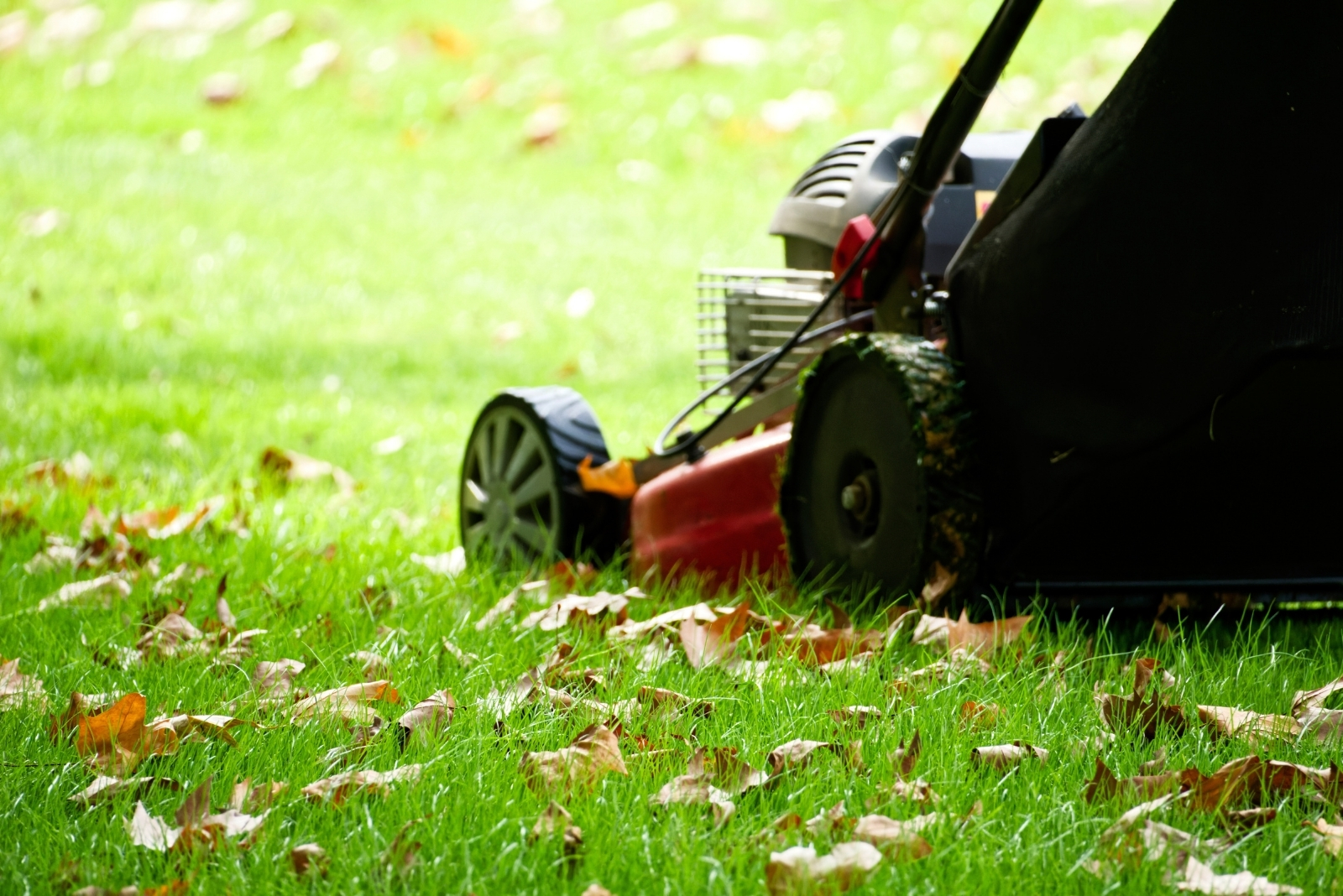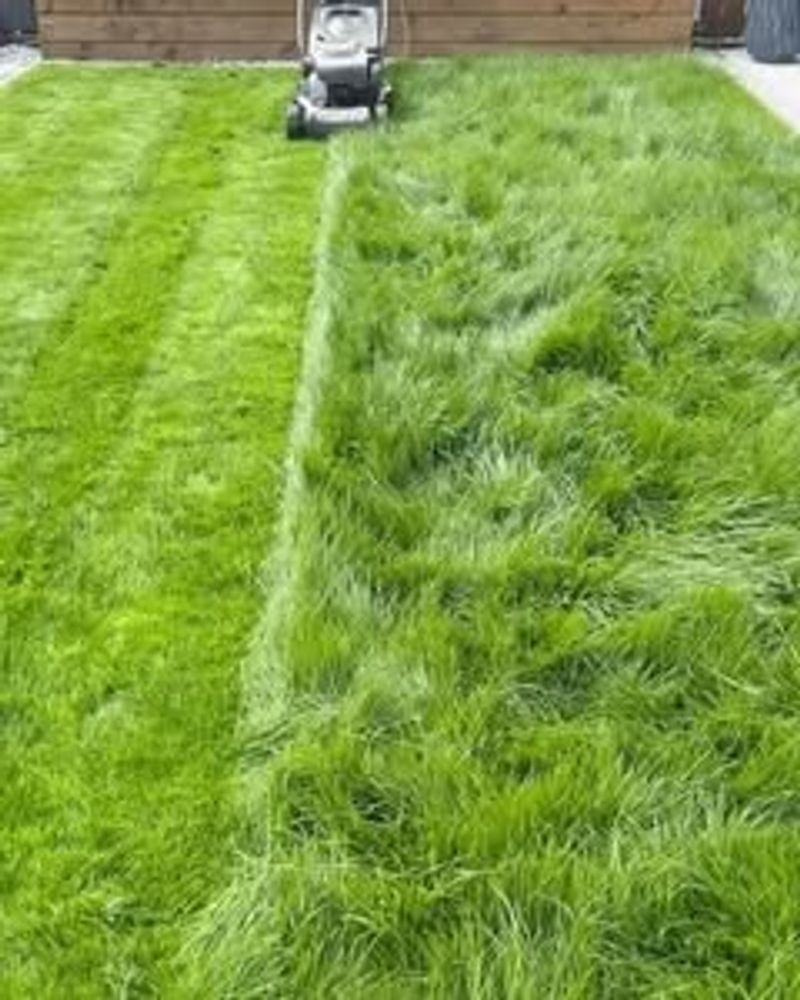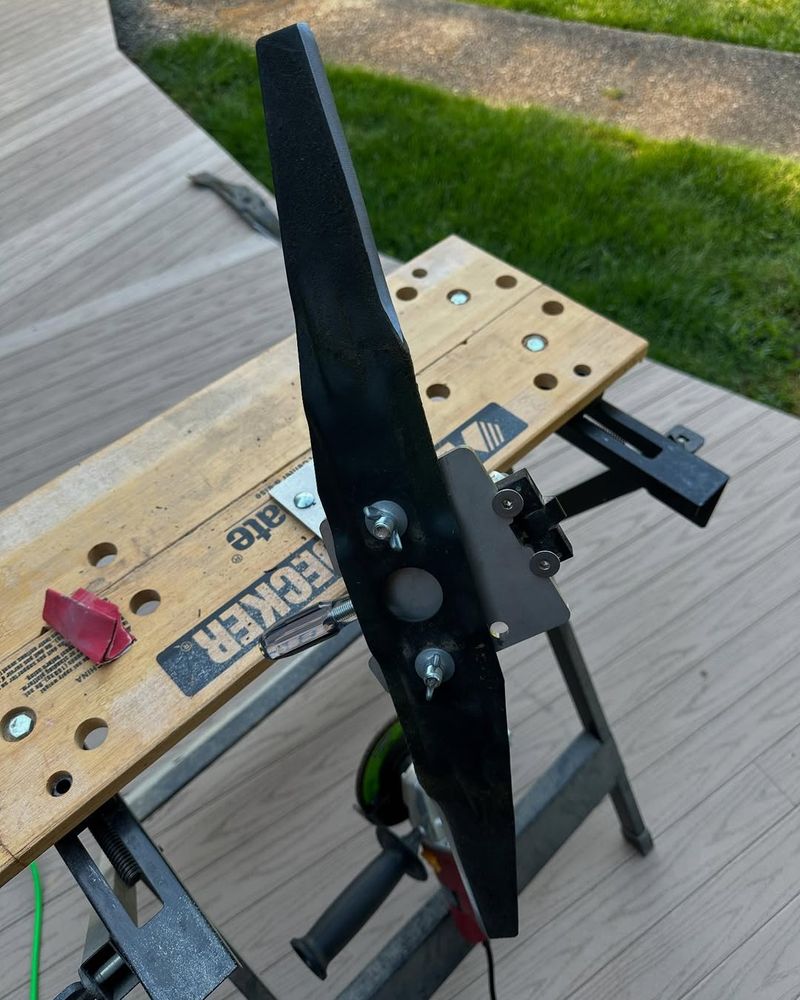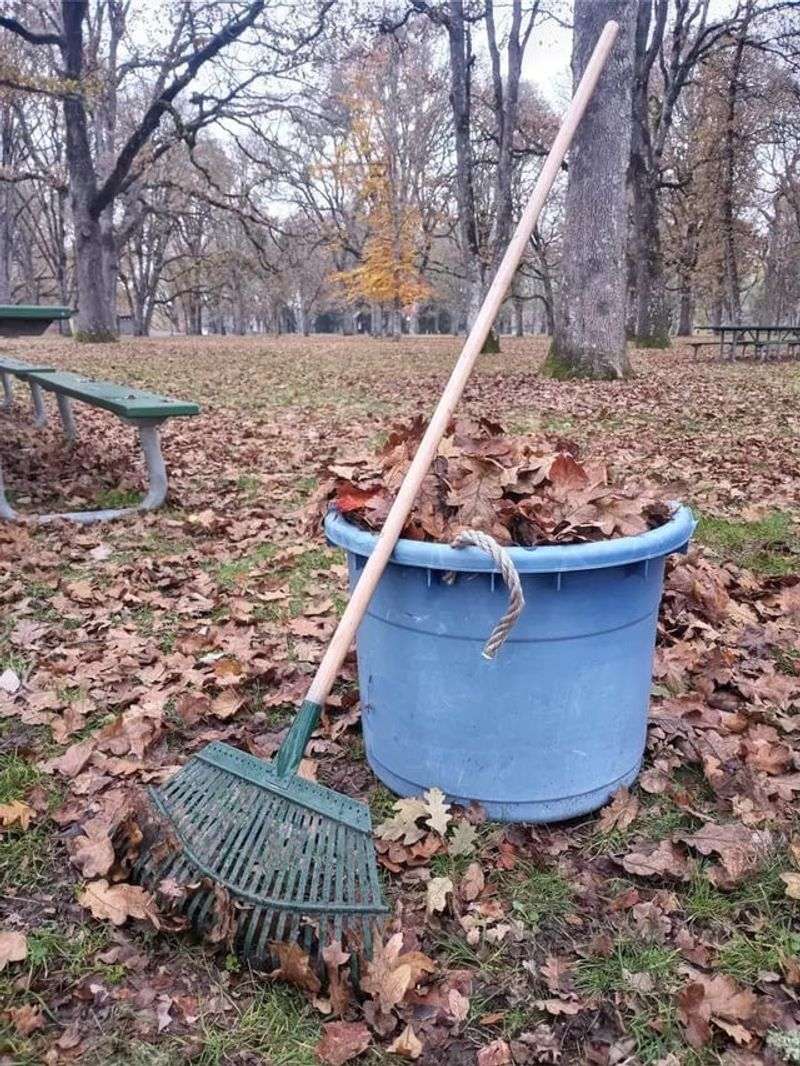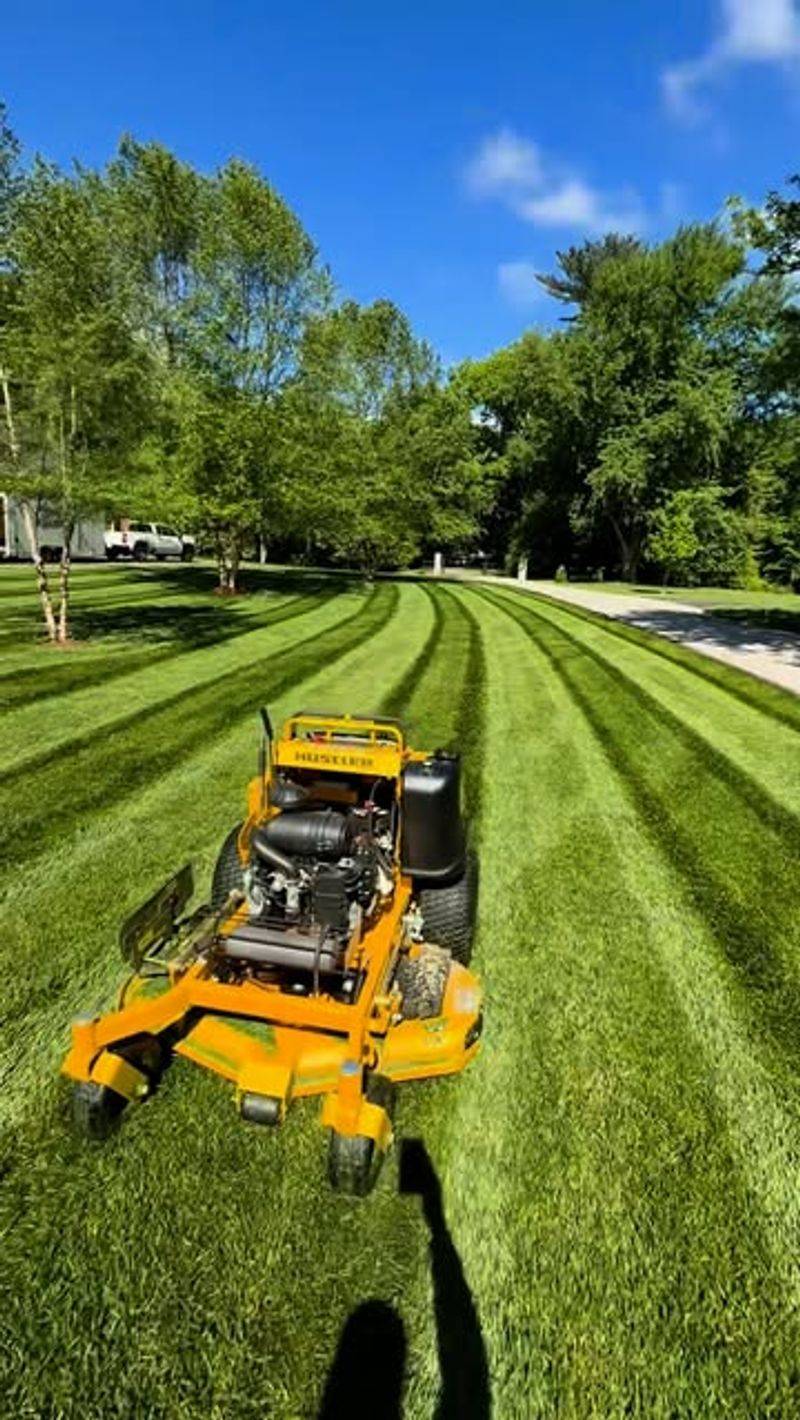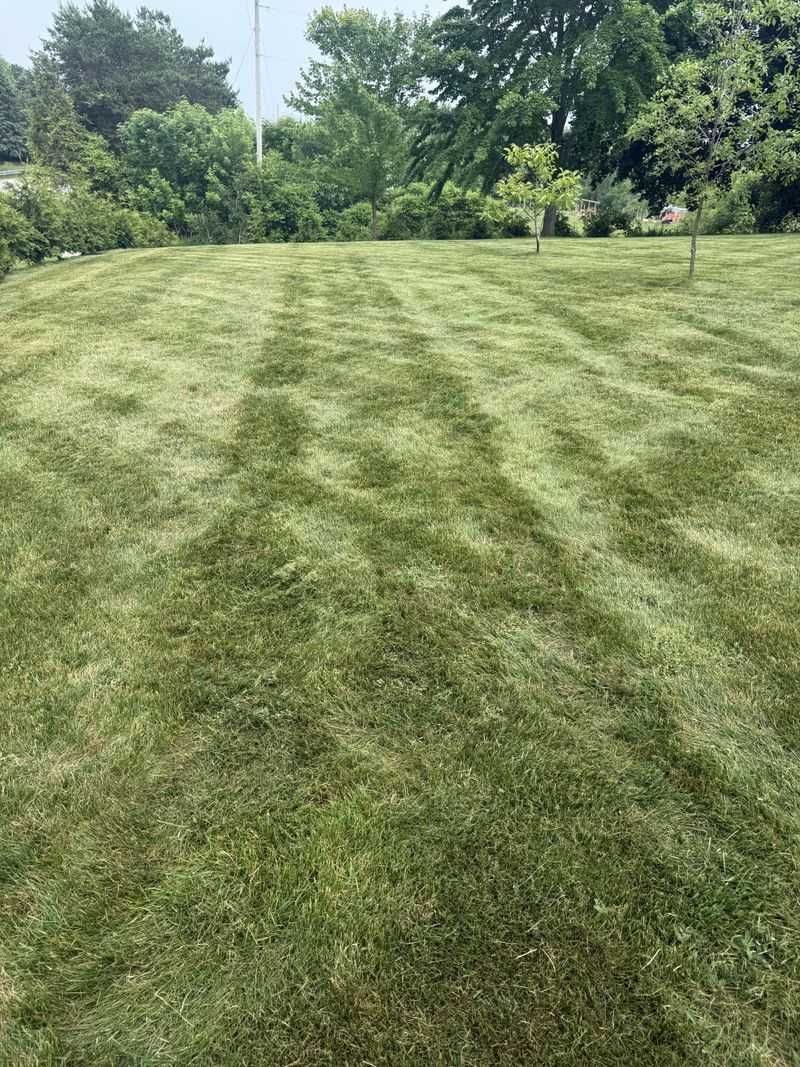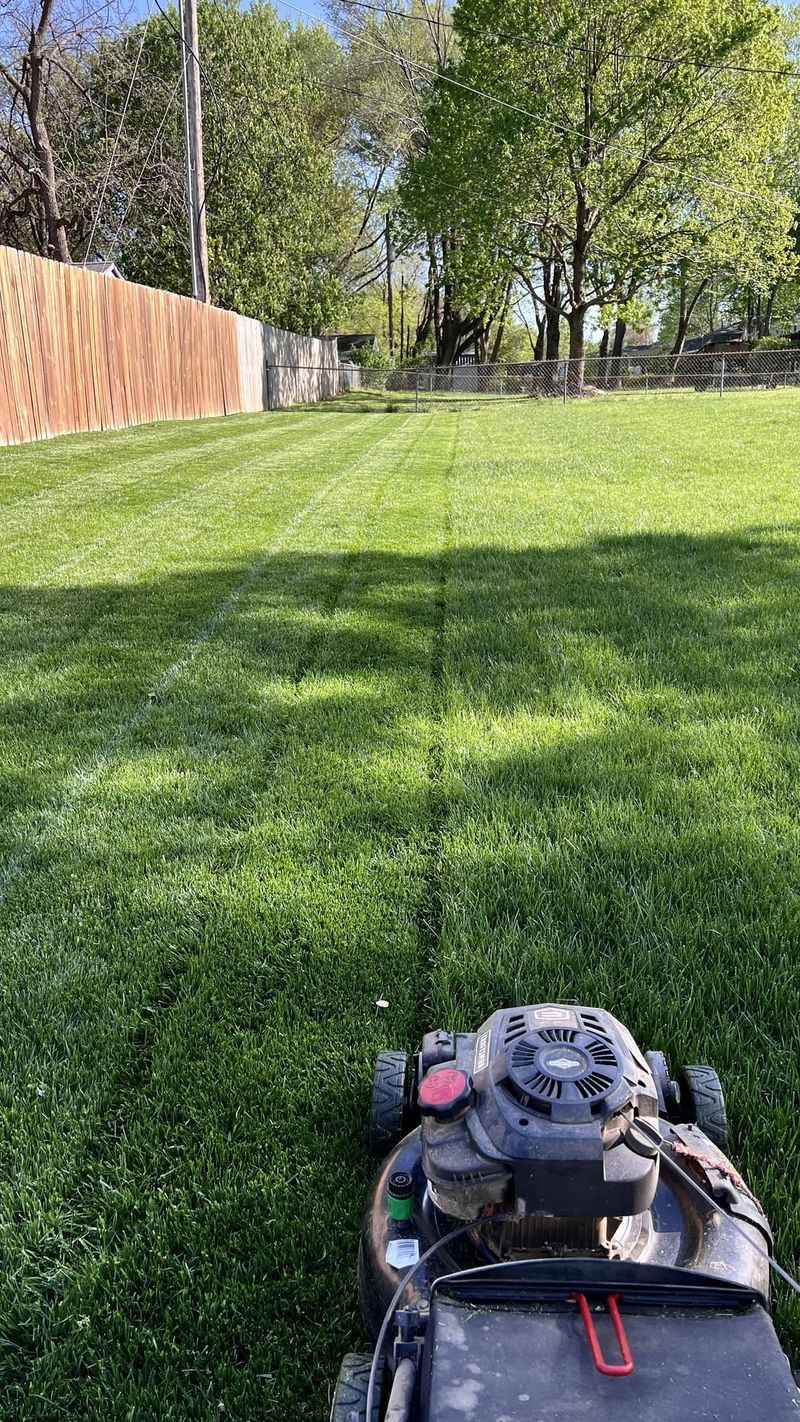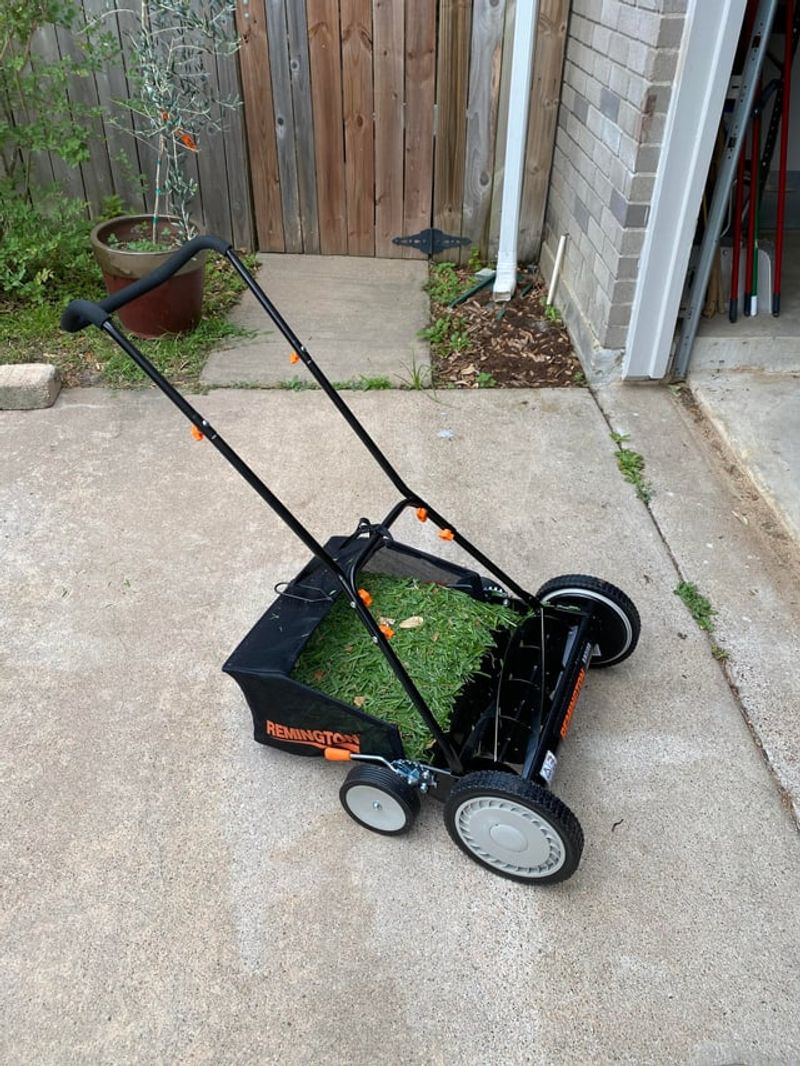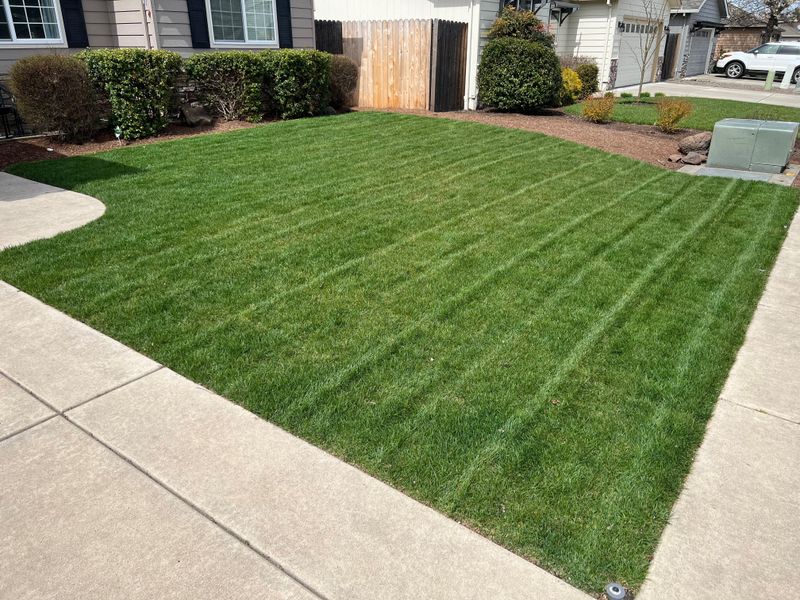October in New Jersey still calls for careful lawn care, even as temperatures drop. Mowing at the right height and pace helps grass survive winter and bounce back strong in spring.
A few simple habits make all the difference in keeping your lawn healthy. Here are nine rules New Jersey homeowners should follow this October.
1. Raise Your Mower Blade Height
Taller grass protects roots from early frost damage that can hit New Jersey lawns unexpectedly. Set your mower blade to about three inches for the best results during fall.
Longer blades help grass store more nutrients before winter dormancy begins. Many Garden State homeowners make the mistake of cutting too short in October, which weakens the lawn when it needs strength most.
2. Mow When Grass Is Dry
Wet grass clumps together and clogs your mower deck, creating uneven cuts across your yard. Morning dew in New Jersey can linger longer during October, so plan your mowing for late morning or afternoon.
Dry grass stands upright, allowing cleaner cuts that heal faster. Wet clippings also spread disease more easily between grass plants, which nobody wants heading into winter months.
3. Keep Your Mower Blades Sharp
Dull blades tear grass instead of cutting it cleanly, leaving ragged brown edges that invite disease. Sharp blades create clean cuts that help New Jersey lawns stay healthier through temperature drops.
Check your blade sharpness before October mowing begins. Professional sharpening costs little but makes a huge difference in lawn appearance and health during this critical season.
4. Remove Leaves Before Mowing
Thick leaf layers smother grass and block sunlight your lawn desperately needs before winter. Rake or blow leaves off your New Jersey yard before running the mower across it.
Light leaf coverage can be mulched while mowing, but heavy piles create matted clumps. Grass buried under decomposing leaves often develops brown patches that persist until spring arrives with warmer weather.
5. Follow the One-Third Rule
Never remove more than one-third of the grass blade length in a single mowing session. Cutting too much at once stresses grass plants when they need energy for root development in New Jersey soil.
Stressed grass enters winter weakened and struggles to recover come springtime. If your lawn grew tall between mowings, cut it gradually over several sessions instead of scalping everything at once.
6. Change Your Mowing Pattern
Grass develops a lean when you mow the same direction repeatedly throughout the season. Switching your mowing pattern in October helps New Jersey grass stand more upright and grow stronger.
Alternate between horizontal, vertical, and diagonal passes each time you mow. Different patterns also prevent soil compaction in wheel tracks, which improves water drainage and root health during rainy fall weather.
7. Watch the Weather Forecast
October weather in New Jersey can be unpredictable, swinging between warm and cold rapidly. Mow before heavy rain arrives to avoid muddy ruts and soil compaction from your mower wheels.
Cold snaps can arrive suddenly, so complete your final mowing sessions before the first hard freeze hits. Frozen grass blades shatter under mower wheels, causing damage that shows up as brown streaks later on.
8. Mulch Clippings Instead of Bagging
Grass clippings return valuable nitrogen to your New Jersey lawn naturally as they decompose quickly. October clippings break down faster than summer ones because of increased moisture and cooler temperatures.
Mulching saves time and provides free fertilizer your grass needs for root growth. Bagging removes nutrients your lawn could use to strengthen itself before winter dormancy begins in earnest across the state.
9. Plan Your Final Mow Carefully
Your last October mowing sets the stage for how your New Jersey lawn survives winter months. Time it for late October when grass growth slows dramatically but before the first killing frost.
Cut slightly shorter than previous October mowings, around two and a half inches, to prevent snow mold development. Grass that enters winter at proper height emerges healthier when spring warmth returns to the Garden State.

